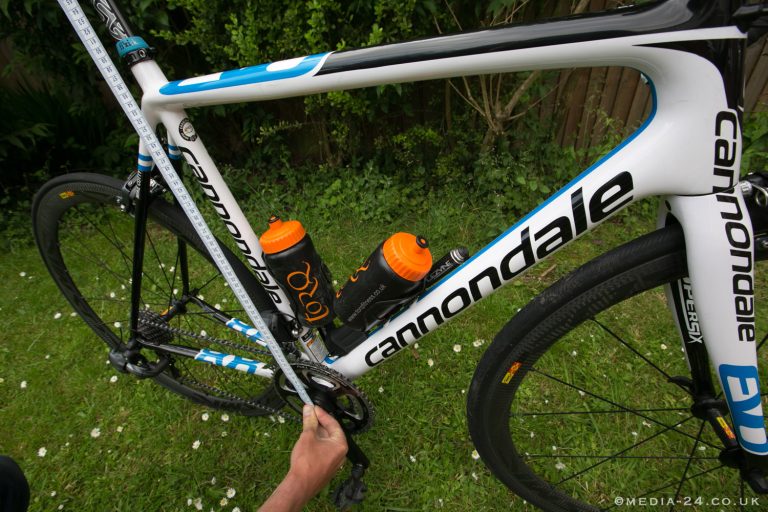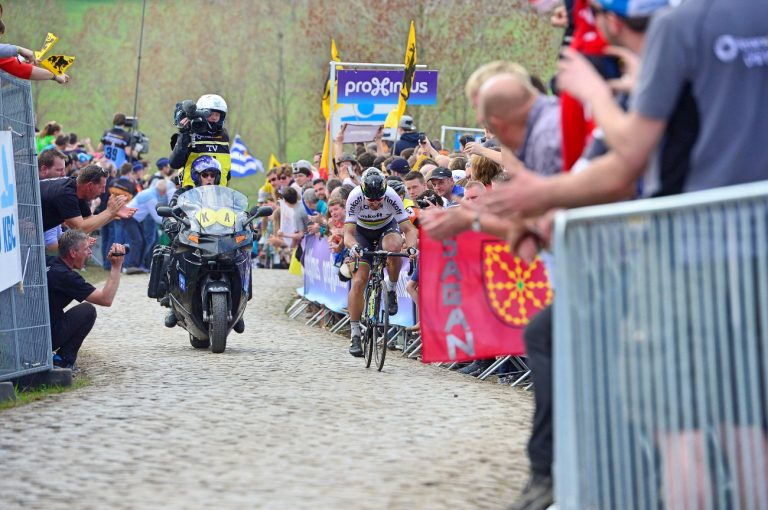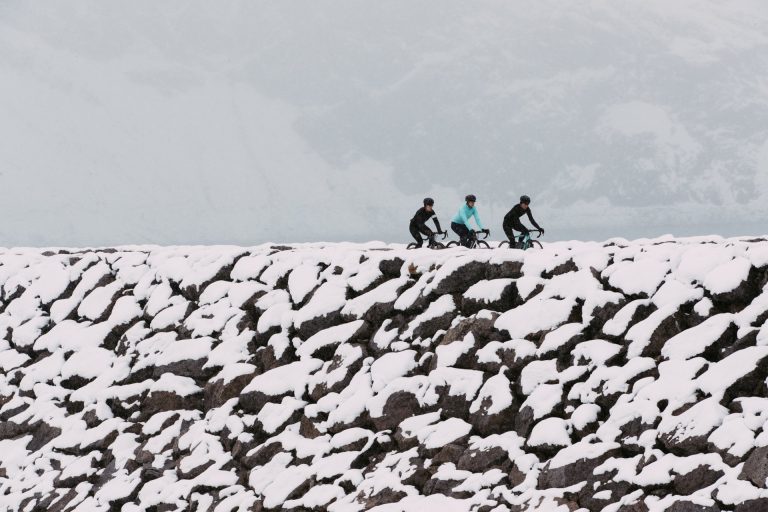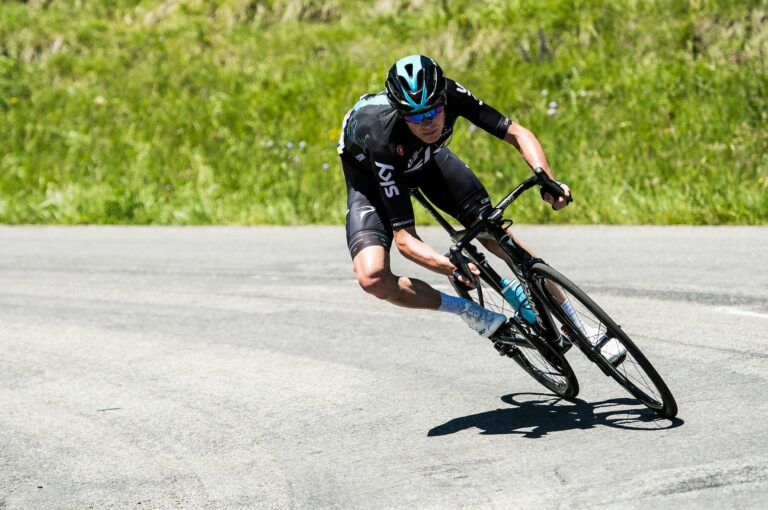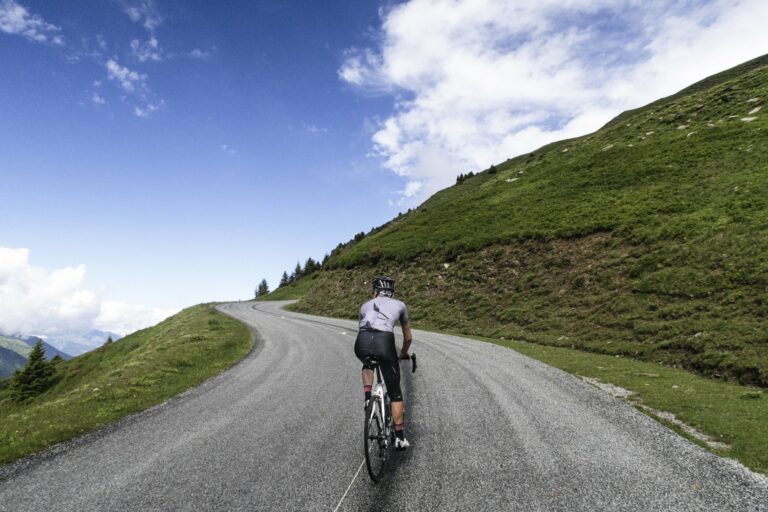
Although not done as often as non-cyclists tend to assume, riding in the rain is an integral part of the British cycling experience. Sooner or later it will rain and, when it does, it’s time to choose: stay off the bike or get wet.
Or maybe you don’t get to choose. Getting caught in a downpour when there may be little choice but to keep going is not the same as setting off in the rain, which requires considerable strength of character if one is to overcome a natural reluctance to plunge into the maelstrom.
Either way, there are ways to make wet weather cycling safer and more enjoyable:
1: Accept the fact that you are going to get wet
Investigate the world of cycling waterproofs and it will quickly become clear that staying dry is considered – or at least proffered – as a realistic possibility. It is not. Not unless you wear an old-school cape, sou’wester hat and oilskin spats reaching to just below the knee. And even then a lorry driver will time his run to splash the contents of a good-sized puddle up under the cape and over the top of the spats. Although your head may stay dry.
Eschew such a get-up – and who wouldn’t – and you’ll start getting wet from the moment you leave the shelter of your front door or office lobby. Not only will a cold trickle make its way down the back of your neck, but the supposedly breathable and waterproof triple-layer hydrophobic molecule-coated fabric from which your outer layer is made will soak up rainwater like blotting paper while sealing you inside to boil in your own perspiration.
And there are your feet to consider. Overshoes? Waterproof? Since when? Nope, the best you can hope for is to stay warm – and to keep a small patch of skin dry, somewhere about your person.
2: Make yourself visible
Most people can see well enough to get by even in heavy rain. Not the motorist. Those who can be bothered to operate the various systems available – demisters and the like – to keep the inside of their cars free of condensation are a rare breed. Many seem to believe that the recirculating air logo on the ventilation console indicates that rain is thereby kept out of the vehicle interior.
Er, no. All that happens is that the air inside the car, which invariably contains several gently sweating overdressed environment-avoiders, becomes increasingly laden with moisture. This soon exceeds maximum humidity and condenses on the inside of the tightly-closed windows. We can’t see in – and they can’t see out. Wear something bright, if only to give them a chance however slight.
3: Fit mudguards
Decent cycle shorts and shoes are expensive. Grit thrown up by the wheels gets into threads and wears away at them. Even if you are indifferent to personal discomfort and the state of your cycle, think of your wallet.
4: Choose a smooth line
Or fall off. In fact, very wet tarmac offers a surprising amount of grip; the question is, how much of it are you prepared to exploit? Unless you are on a race track – or criterium circuit, since this is about cycling – it is difficult to ascertain precisely how much grip the stretch of tarmac ahead has to offer. The bit under your wheels may be pure Shellgrip but that’s no guarantee that the stretch preceding the sharp bend ahead is anything other than highly polished bitumen. The SRVs* of the two surfaces are very different and when the road is wet it can be hard to make out what lies under the water. So err on the side of caution, slow down to a prudent speed in good time and choose a nice, smooth, safe line through that bend. There’s always the next one if you are feeling confident…
*Skid Resistance Value
5: Don’t blast through deep puddles
Just as a thin coating of rainwater can obscure the true nature of the road surface, so can standing water hide a hazard under its surface. There might be a big pothole hidden inside that enticing puddle. In fact, these days there almost certainly is. So jump it instead.
6: Keep a pair of dry socks at work
Cycling shoes take at least 10 hours to dry out. So, unless you work odd hours, keep a dry pair of socks handy. Wearing them makes pulling on wet shoes at the end of the working day less disagreeable. The chamois in your shorts retains water with equal enthusiasm so you may wish to have a spare pair of shorts within reach for the same reason. Although it’s a bit soft; man up and wear those soggy shorts – or fit mudguards

